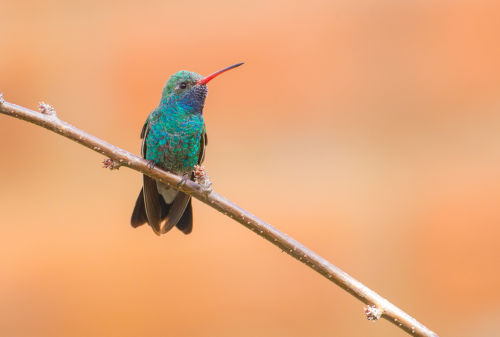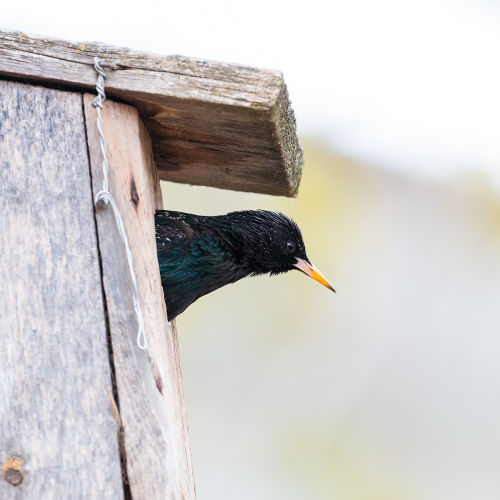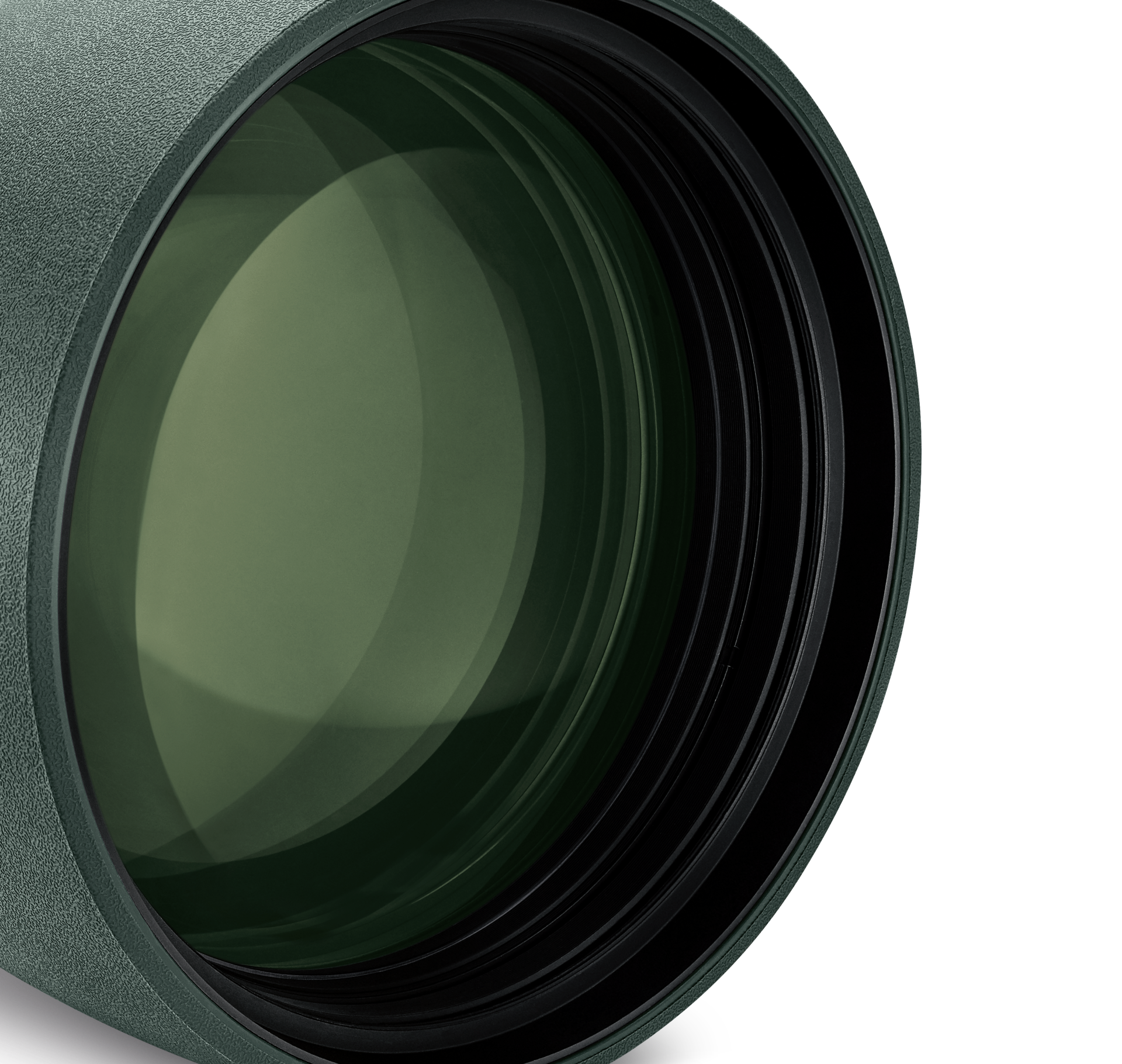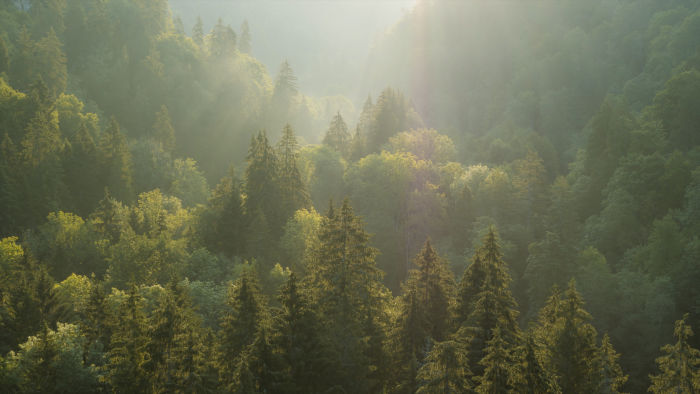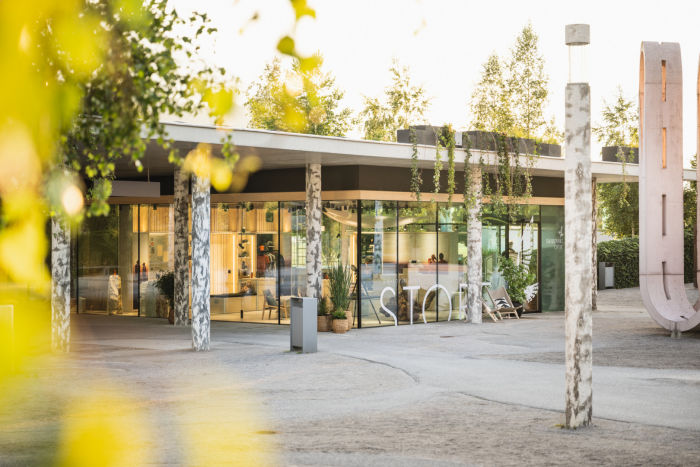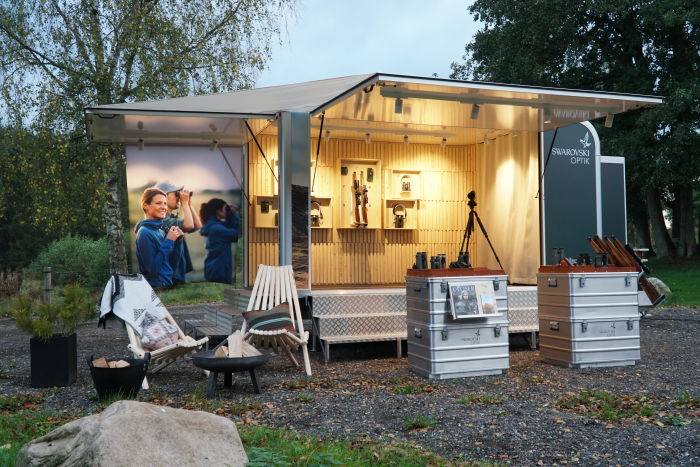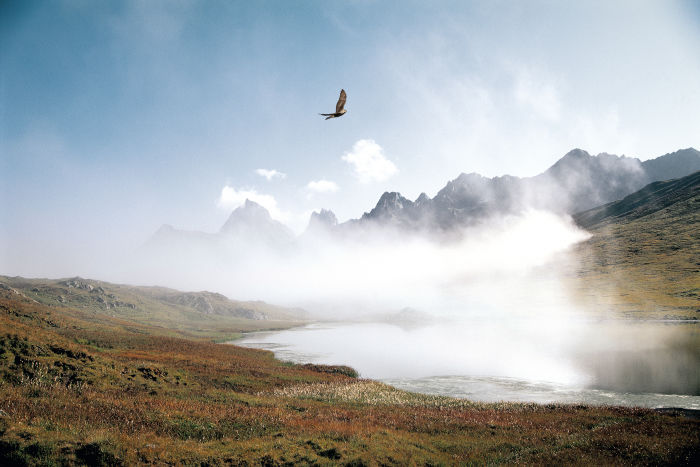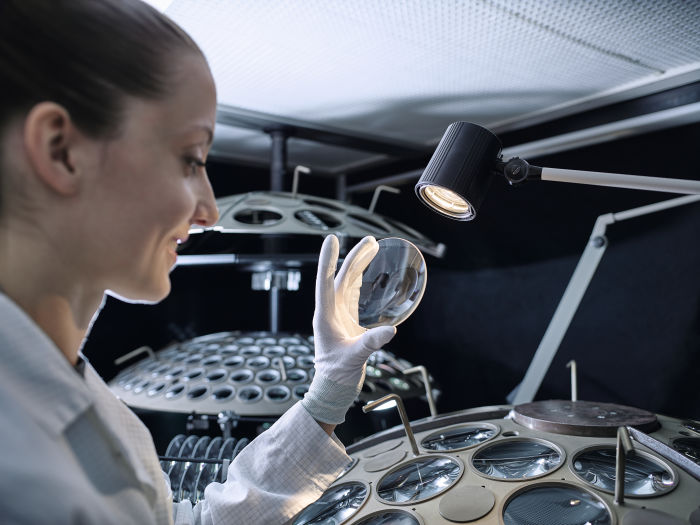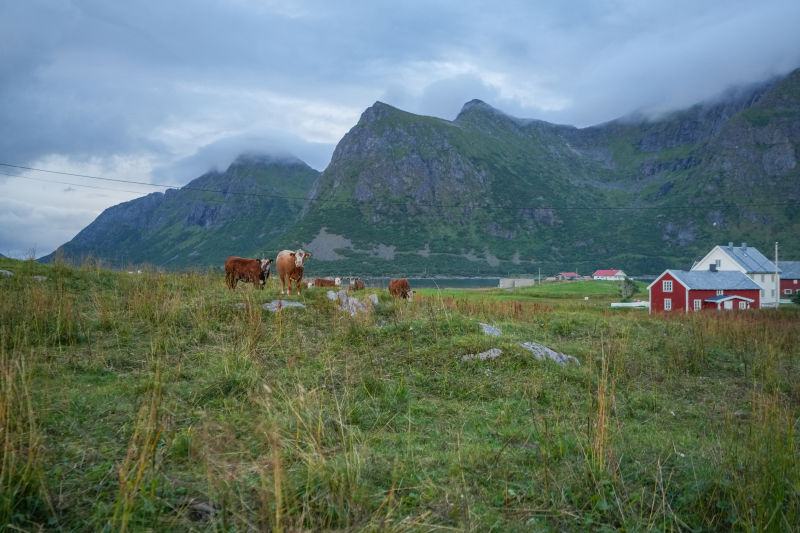Along the snowy shores of the Lofoten Islands, the wind carries the cries of oystercatchers across a seascape still wrapped in winter. Snow clings to the rocks as the tide rises and falls with a gentle rhythm, and the landscape pulses with a quiet anticipation — early spring is here, and with it, the promise of birds.
Astrid, just eleven years old, tucks herself into the icy shoreline beside her father, Martin. A cup of hot chocolate steams in the cold air beside her, and her binoculars — the MY Junior 7x28 from Swarovski Optik — are pressed gently to her eyes. Together, they scan the horizon.

Two whooper swans fly overhead, long-necked and graceful, their wings slicing through the clear sky. A white-tailed sea eagle circles slowly above, catching thermals that rise invisibly from the mountainsides.
These are the moments that many might overlook, thinking the season too harsh, too early for birding. But Astrid reminds us that if the sun is shining and birds are on the move, it’s time to be watching. This world is very much alive.
Birding Through a Child’s Eyes
Martin never leaves home without his NL Pure binoculars, a trusted companion for a life spent observing birds and wild places. As the head of the Falcon Club, a youth birding initiative created in partnership with BirdLife Norway, Martin is part of a movement rooted in something both timeless and urgent — the belief that in order for birds to have a future, they need people who love them, who understand them, and who will speak up on their behalf.
“There is no hope for conservation without more knowledge and love for nature,” Martin tells me, his voice steady and resolute.
“We messed up. Now we have to save and restore, and make our children do the same. In return, we get better lives, a sustainable future, and economy.”


The Future of Birding in the Arctic
Over the past two years, I’ve had the joy and privilege of joining Martin, his daughter, Astrid, and many other members of the Falcon Club, on their birding adventures — from autumn’s sea and songbird banding to late-fall storm petrel outings.
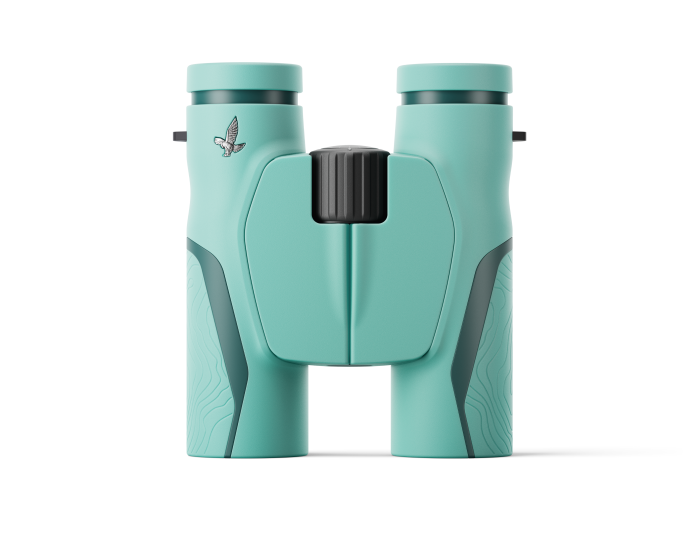

Moments That Spark a
Lifelong Passion
There’s a feeling one gets when immersed in a wild place, where the buzz of insects and the chorus of birdsong fill the air. What a potent reminder that we are a thread in this vibrant fabric, interconnected and stronger together.
These moments, when a child gently releases a banded bird back into the sky or catches sight of their first redpoll through their binoculars, have the power to shape a life. They ignite something deep and lasting.

A Rare Encounter
and a Child’s Wisdom
On a cold, sunny autumn morning, Astrid held a yellow-browed warbler — a bird rare this far north, pausing only briefly before continuing its migration all the way to Southeast Asia. Her eyes sparkled with awe, her breath visible in the cold air as she released the tiny traveler.
Later, she shared a thought that struck me with its simple truth:
It is in these experiences — quiet, yet profound — that the trajectory of a child’s life can be forever changed. One bird. One moment. One spark. That’s all it takes.
Empowering the Next Generation with the Right Tools
The Falcon Club creates these moments across the dramatic landscapes of Lofoten — mountains that plunge into the sea, windswept beaches, and vibrant wetlands.
With tools crafted for their hands and eyes, like the MY Junior 7x28 binoculars, the young birders are empowered to explore the world. It’s more than just a pair of optics. It’s a gateway into a lifelong relationship with the natural world.



Hope on the Horizon:
Spring Migration Begins
As we stand on the cusp of another spring migration and nesting season, we find ourselves wondering what birds will appear on the horizon. Snow buntings, fieldfares, the first returning gulls — each one a messenger of seasonal change, of resilience, of continuity.
And across the Lofoten Islands, children like Astrid will be watching, waiting, learning.
In a time of climate uncertainty, increased tourism, land use change and growing pressures on ecosystems, these young birders represent a powerful force for hope. They are not just future birdwatchers. They are future scientists, storytellers, and stewards. They are the voice birds need.

Birding as a Bridge to
Connection and Care
It is often said that to know birds is to fall in love with them, and to love them is to protect them.
Watching Astrid with her binoculars smiling up at her father as a sea eagle soars above, I believe the future of birds is not lost — it is taking shape in moments like this.
And for those of us lucky enough to bear witness, we are reminded that birding isn’t just about the birds. It’s about connection — to place, to people, to something larger than ourselves.

About the Author:
Charles Post
is a Norway based ecologist, Explorers Club Fellow, and award-winning filmmaker with a love for birding and exploring the outdoors with his wife, Rachel Pohl and their Samoyed, Mr. Knute. Following nearly a decade of field work and studies at U.C. Berkeley, earning his bachelor and master’s degrees in ecology, Charles embarked on a creative journey, spanning topics from the decline of kittiwakes in the Norwegian arctic to the beauty and fragility of migrating raptors across North America.
For more information and fascinating adventures visit his Instagram account: @charles_post.
